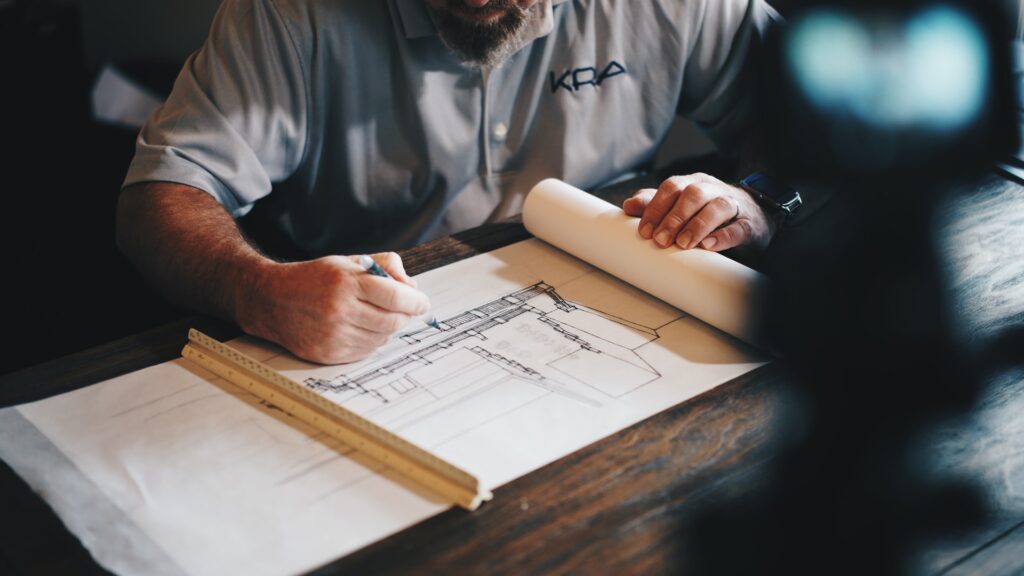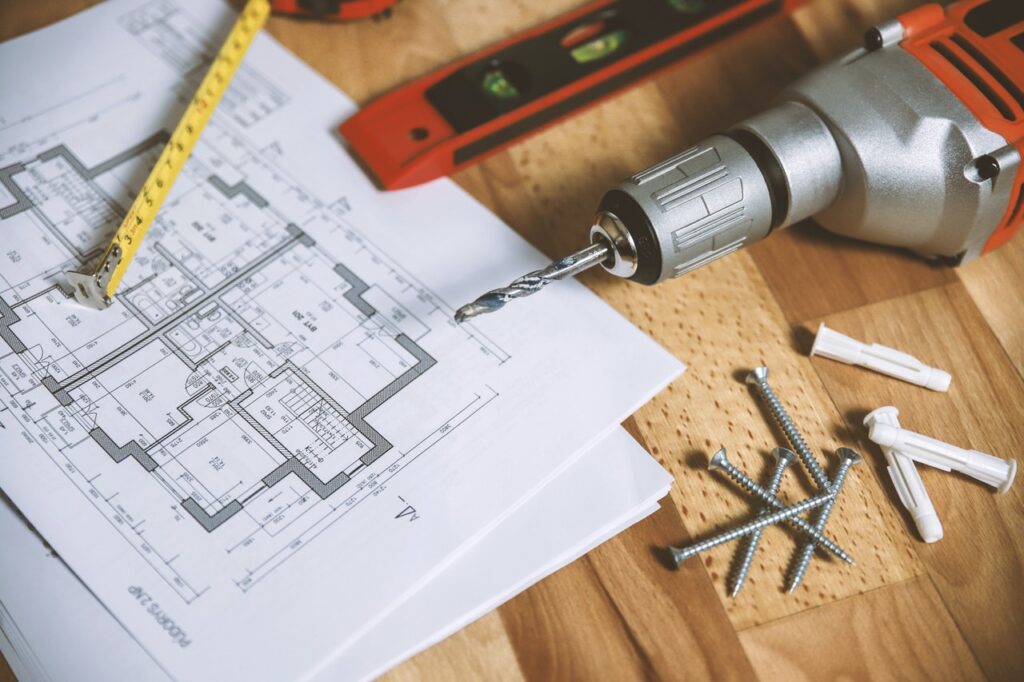
The Importance of Construction Timelines for Your Project
When you are starting development on a project, among the most important components of the project is the construction timeline that you create. This type of timeline is meant to help visualize the schedules for residential or commercial construction projects. The total work that needs to be done during construction will be broken down into stages that are performed by specific dates within the timeline. When you create a timeline for your project, the entire construction process should become more structured and manageable.
With a timeline in hand, you will be able to check your progress while construction is ongoing. The timeline that you create can be presented as a table or spreadsheet. It’s also common for a Gantt Chart to be used alongside the construction timeline. This is a bar chart that properly displays the work that’s completed over a period of time. A construction timeline is typically created by the construction project manager or general contractor. Keep in mind that some project managers will create separate and more specific construction timelines for each subcontractor team.
Before you start work on your construction timeline, keep in mind that the timeline will need to correlate with the building plans that have been drawn up for the project. The construction timeline will need to perfectly match the building plans that you’ve submitted. This article offers a detailed look at how important construction timelines can be for a development project.
Key Takeaways:
- A construction timeline is usually created by a general contractor or construction project manager to keep a development project on time.
- There are numerous factors you may need to consider in your construction timeline and we discuss the main factors you should review.
- The five essential steps you must include in your timeline are gathering information & tools, prioritizing tasks, having a realistic time-frame, execution, and review.
Factors Involved in a Construction Timeline

The timeline for your construction project depends on a variety of factors. When constructing a new home, the construction process could take several months or as long as one year. On the other hand, commercial construction projects can take a few years depending on the size of the project. When you’re creating a construction timeline, it’s important to take the many factors into account to make sure that the timeline is something that the construction crew and project manager can adhere to. The main factors that can impact a construction timeline include:
- Project size and overall difficulty – Smaller construction projects will invariably take longer to complete than larger projects. It’s also important to note that the complexity of the project can lengthen the timeline. A custom-built home with detailed finishes, ornate trim, and imported flooring will take longer to build than a standard home with basic features.
- Weather and time of year – Poor weather conditions can create significant delays with construction projects since the materials will be exposed to rain, snow, and other elements. As such, try to arrange the timeline so that exterior work occurs during dry and sunny times of the year. During the rainy or cold season, you might want to focus on interior work.
- Availability of construction crews and materials – The various subcontractors you hire for a project won’t be able to work at the same time, which is why it’s important to make sure that all subcontractors will be available when needed. Larger crew sizes can help work get completed at a quicker rate. If you need to import specialized or custom materials, make sure that you do so well ahead of when they are needed.
- Permits, approvals, and building inspections – Inspections must occur at various intervals throughout the project, which you should be ready for. In the event that issues are caught during an inspection, delays will be inevitable as you make the necessary changes.
- Changes to the scope or plan – If a client or subcontractor makes a request to change an aspect of the project, it’s likely that a delay will occur. If the change is significant, new building plans may need to be created and submitted. To lessen the amount of changes that take place during the project, iron out all details before construction begins.
- Type of construction – When contracting a home, it’s possible to perform a custom build or to use some kind of pre-designed plan. While custom build projects provide the client with the ability to have a say in every facet of the design, these projects can take much longer to complete than pre-designed plans.
What to Include in the Construction Timeline

There are five essential steps that should be included in every construction timeline, which extend to:
- Gather information & tools
- Prioritizing tasks
- Realistic Time-frame
- Execute
- Review
1. Gather Information & Tools
The first thing you should do when creating a construction timeline is to gather the information and tools that you require. For instance, it’s important that you make a list of all subcontractors that you hired for the project. You should then ask each subcontractor how long their phase of the project will take to be completed. Make sure that you also identify how many inspections will need to take place throughout the project.
Keep in mind that inspections can take anywhere from 2-5 hours depending on the size of the building. These inspections are important to make sure that your construction crew is adhering to the building plans. It’s also important that you work on budgeting your project and that you know where you will get the funds that you need at different stages of the project. Speak to your bank before creating this timeline. To better manage the project at hand, you can track project data and create a plan with the templates found at ProjectManager.com.
2. Prioritizing Tasks
Once you have collected all of the data that’s necessary for the construction timeline, you can start working on prioritizing the various tasks that will need to be completed during this timeline. These tasks should be broken down into separate steps that your construction crew and subcontractors can follow. The only way to create an effective timeline is to identify all of the tasks that must be completed before you finish the construction project.
Consider using a work breakdown structure to better manage the overall scope and size of the project. Make sure that the most important tasks for the project are prioritized and placed before the tasks that don’t require a strict timetable.
3. Realistic Time-frame
When creating the timeline, make sure that you’re realistic with your clients about the project. If you provide clients with a short and unrealistic timeline, they will be frustrated when you don’t deliver. Your subcontractors may also be pushed towards cutting corners if the time-frame can’t be met. The factors mentioned previously should always be considered when estimating how long the numerous stages of the project will take.
If the project is a long-term one, make sure that you take holidays, sick days, and vacation days into account for anyone who works on the project. Along with the client, this timeline should be communicated to the general contractor and any subcontractors. Keep in mind that the delivery times for appliances and materials should be factored into the time-frame.
4. Execute
There are many different tasks that will need to be completed during the construction process. In order to effectively execute these tasks, it’s important that they are properly allocated to your subcontractors. To make this easier, it’s highly recommended that you have these tasks color-coded by the subcontractor that’s in charge of completing the task. Once a task has been completed, mark it off to ensure that additional resources aren’t allocated to a task that has already been finished. Keep in mind that the contractor should communicate directly with all subcontractors to keep the project on track.
5. Review
At this point, it’s time to review the construction timeline that you’ve created. Keep in mind that the schedule likely won’t be precise. There will almost certainly be unexpected delays that you were unable to factor into the timeline. However, keeping the timeline realistic should make it easier to complete the project before or just after the end date of your timeline.
To effectively complete a project, it’s essential that you monitor and review the timeline regularly. When unexpected delays or changes occur, update the timeline to take these changes into account. This is why time management is highly important for any construction project. Your timeline won’t be perfect, which is something that your clients must understand before construction gets started. If you’re unable to update your timeline at regular intervals throughout the project, you will most likely fall behind.
Benefits of Having a Construction Timeline

The numerous benefits that come with creating a construction timeline include:
- Allows you to set expectations with team members – Every team member and contractor will understand when tasks need to be performed, which should minimize delays
- Creates a helpful action plan – You can schedule your work by project, task, and stage, which helps with organization when purchasing materials and identifying how the project is progressing
- Sets a hierarchy – The timeline can be broken down into important stages, tasks, and additional sub-tasks, which should assist with project management
- Controls costs – With a timeline in hand, your work and the work of your contractors should be more efficient
- Enables better communication with contractor – When you factor delays into the timeline, your general contractor will likely be able to mitigate the adverse impact that these delays have on the project
You will benefit from being able to divide the work into tasks and stages that allow you to determine when work should be completed by each subcontractor. The construction timeline that you make will allow you to manage expectations while also setting specific time-frames for the contractors and builders you work with. Keep in mind that the timeline should be written out and displayed on paper for better visualization. You should provide your clients, contractors, and subcontractors with the completed timeline. When a delay occurs, you can pinpoint what caused the delay and what it will do to the remainder of the timeline.

Jason Somers, President & Founder of Crest Real Estate
With over 15 years of professional experience in the Los Angeles luxury real estate market, Jason Somers has the background, judgement and track record to provide an unparalleled level of real estate services. His widespread knowledge helps clients identify and acquire income producing properties and value-ad development opportunities.
Learn more about Jason Somers or contact us.



